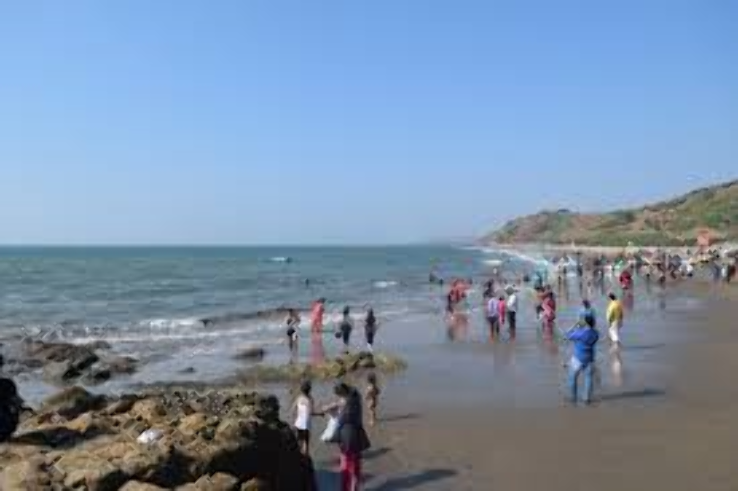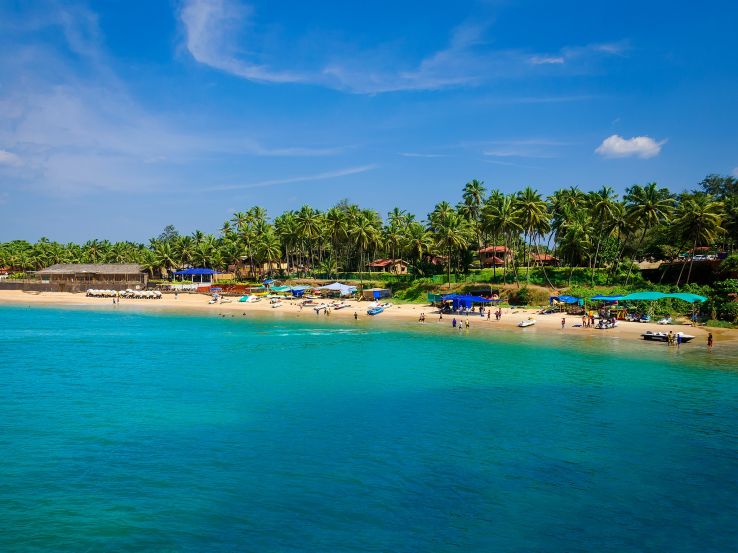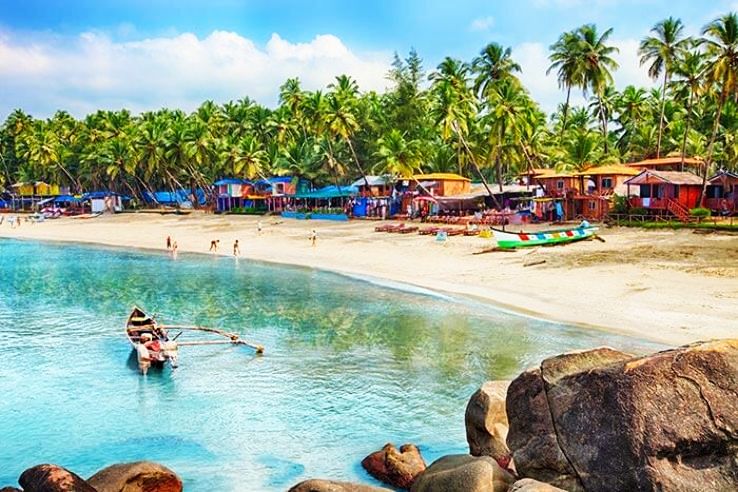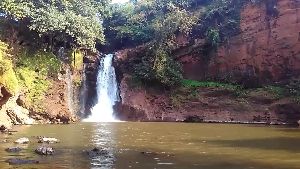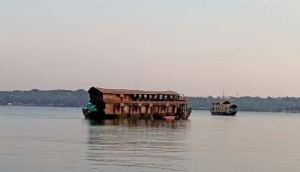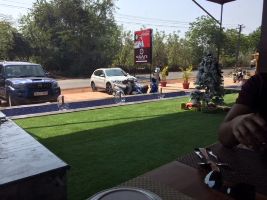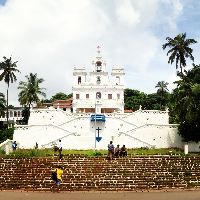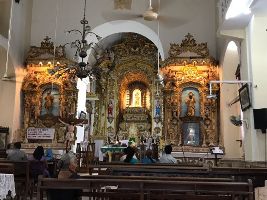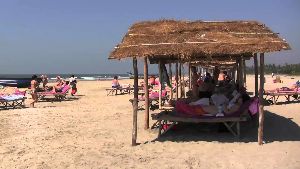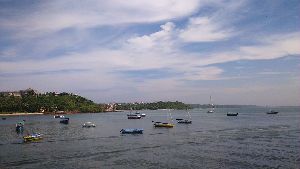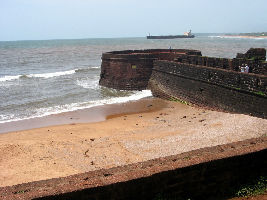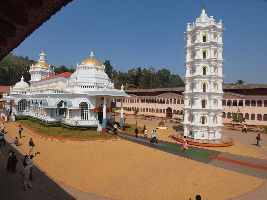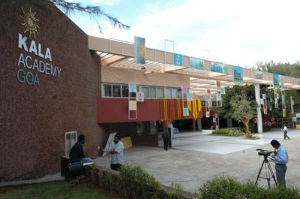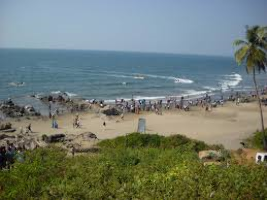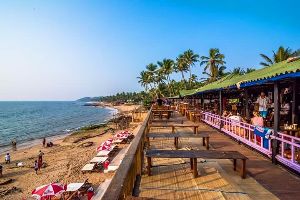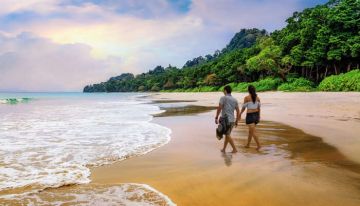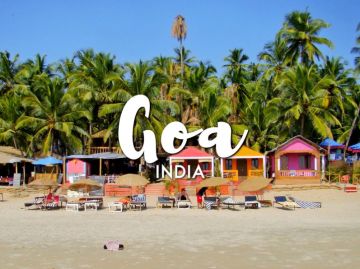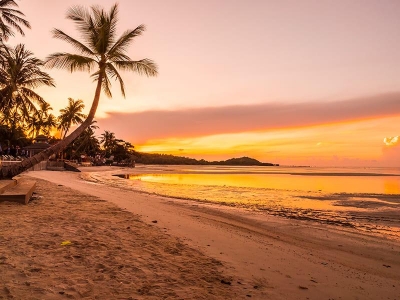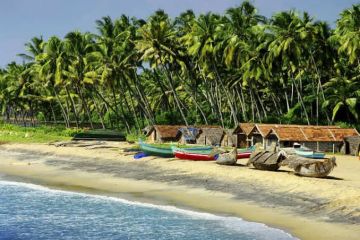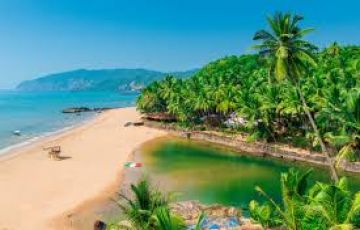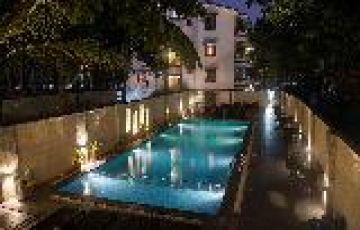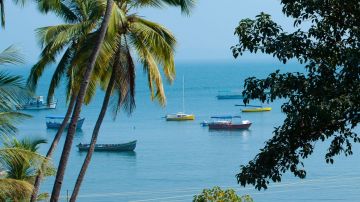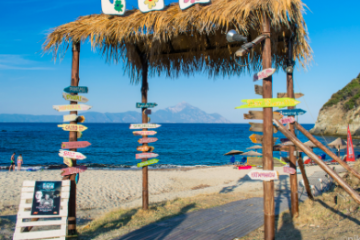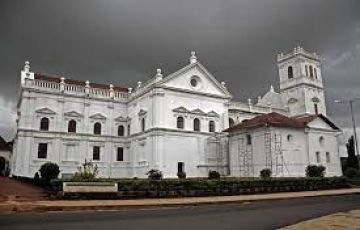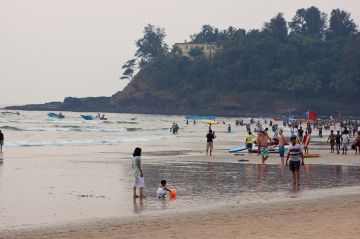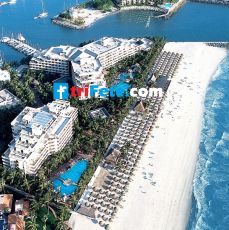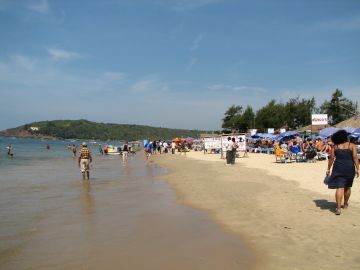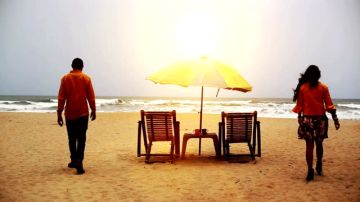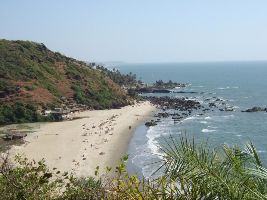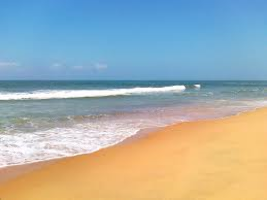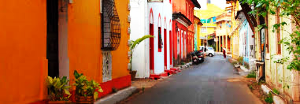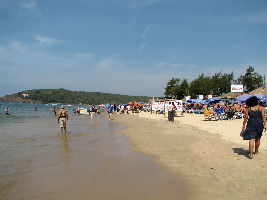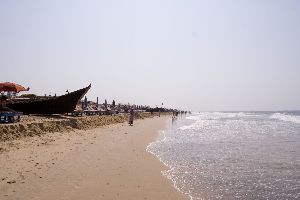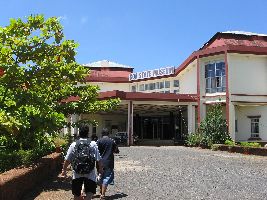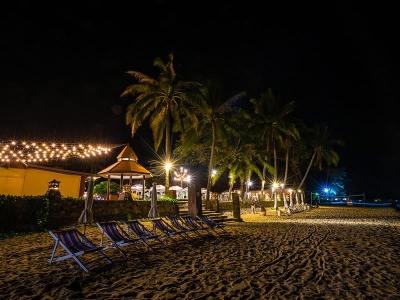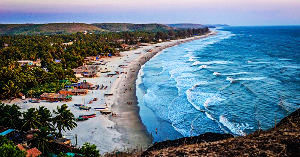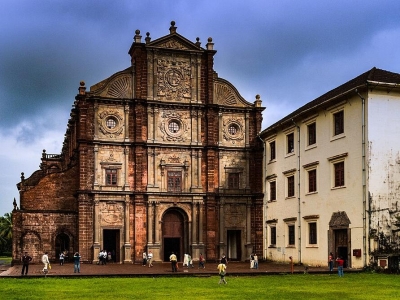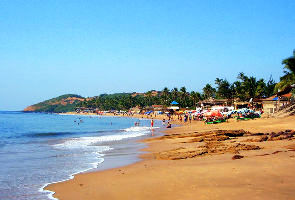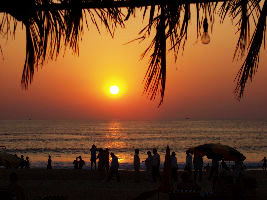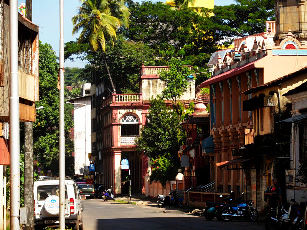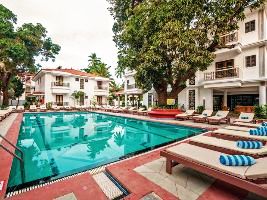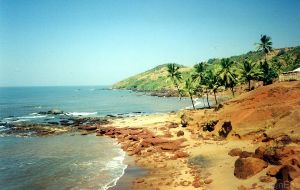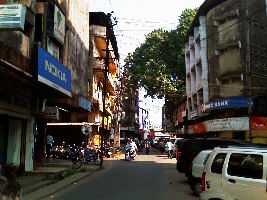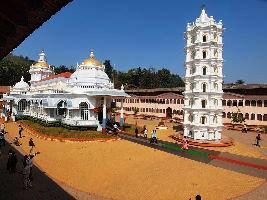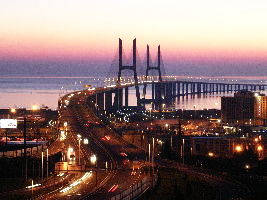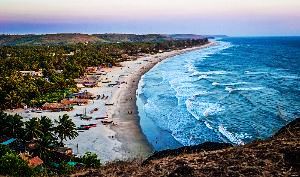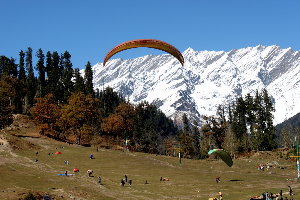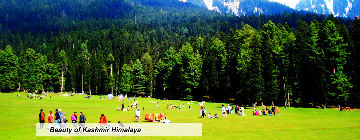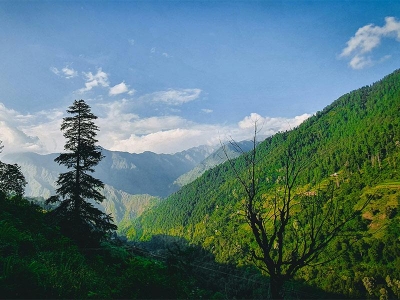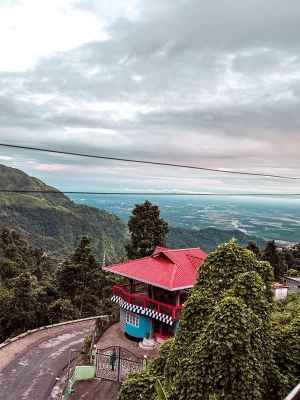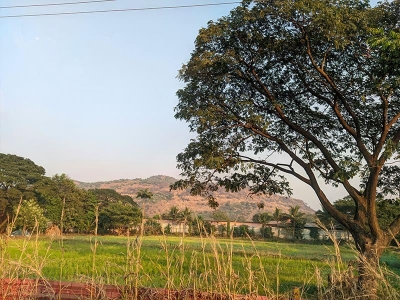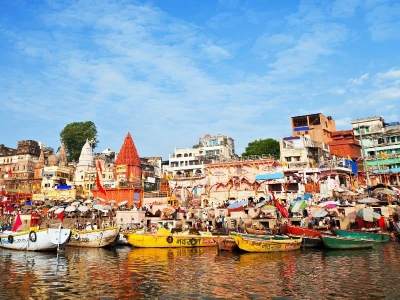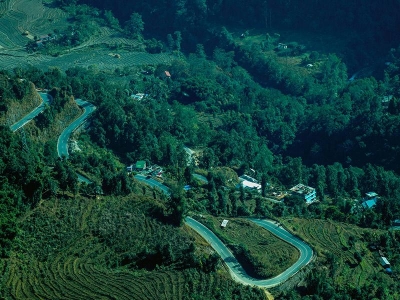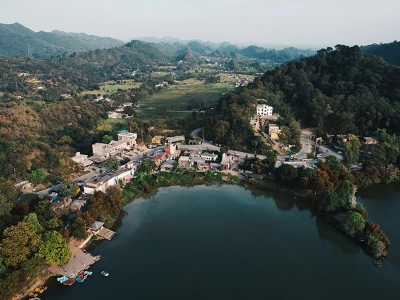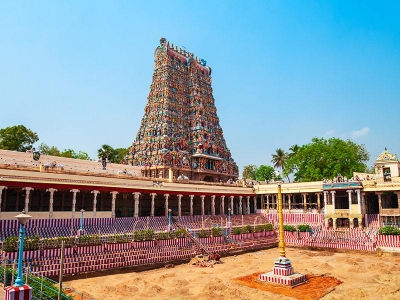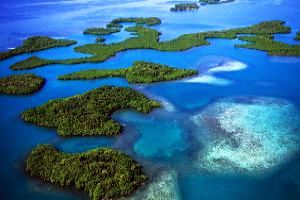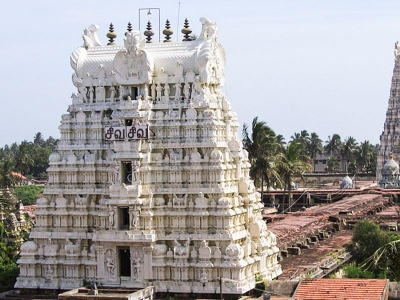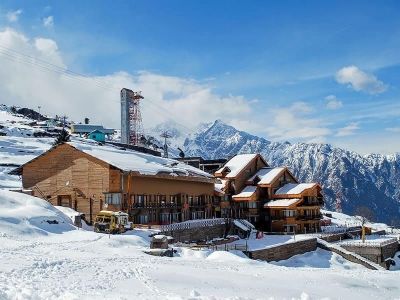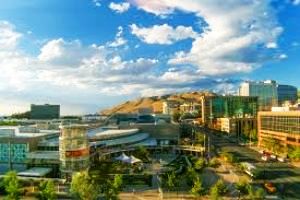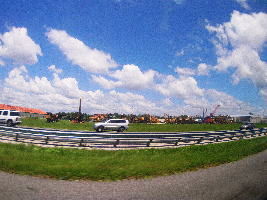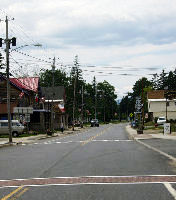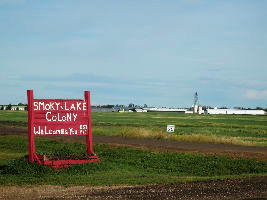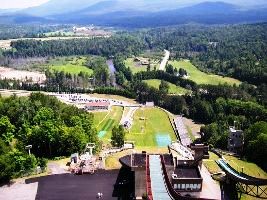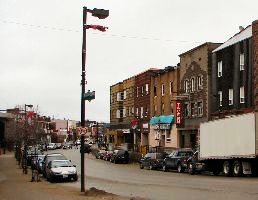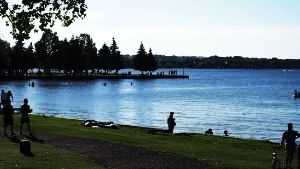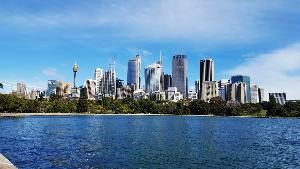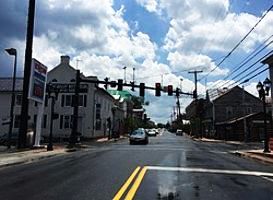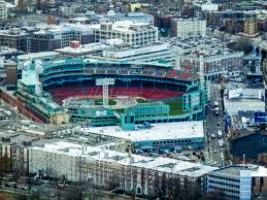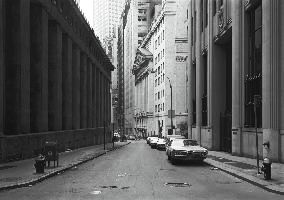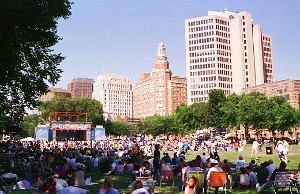Places to visit in Goa
Things to do
Packages
Ideal Days
Best time to visit
Q&As
About North Goa
The night drive from Dabolim International Airport to Candolim in North Goa, greets you with clean country air wafting over unspoilt stretches of wilderness, and the secret sounds of a royal rhythmic river. Zuvari aka Zuari aka Aghanashani, a not so secret tidal river, in fact, is Goa’s largest flowing waterbody – she births at Hemad-Barshem in the Western Ghats, and runs a course of 92 kilometres in the Portuguese colonised state’s south western direction inundating the talukas of Tiswadi, Ponda, Mormugao, Salcete, Sanguem and Quepem. But, Zuvari has her connections with the northern waterbodies of Goa as well – her luxuriant volume is enriched by her connections with the Mandovi River, which flows by the northern city of Panjim, the Camburja canal to the capital’s east, also other shorter rivers including Terekhol, Chapora, Baga and Sal.
With the grand Western Ghats as her backdrop, Goa has her share of luxuriant beaches, historical monuments, and a spirited nightlife scene. And the state’s rivers and creeks are spectacularly rich with cruises on the larger ones, and boating and kayaking experiences on the smaller waterbodies.
Historically, geographically, culturally, North Goa is a potpourri of fort, river, sea, Portuguese Baroque style churches, museums and nightlife. With an area of 3,702 square kilometres, Goa was d a state in the year 1987 – she is best experienced on a two wheeler, hired or otherwise.
WHAT TO SEE
Fort Aguada
The crown of Sinquerim Beach, Fort Aguada, conceived in the year 1609 and birthed in 1612, accoutres a hilltop, and overlooks the Arabian Sea lashing against her centuries old laterite framework. Aguada in Portuguese translates as freshwater, and the fort went on to be christened by the same name, by virtue of a freshwater spring within the structure’s periphery. Located at the seamless stretch where the salt waters of Candolim and Sinquerim merge, Fort Aguada holds prime position at the confluence of the Mandovi River and the Arabian Sea. In fact, back in the 17th century, Aguada’s strategic location deemed the Fort the chief defence point of the Portuguese against the advance of the Dutch and the Marathas.
Today, a tour of the complex of Fort Aguada includes a series of prison cells, a colossal water reservoir, an ammunition room, and the new Aguada Lighthouse. It must be noted that Aguada’s erstwhile four-storied lighthouse constructed in 1864, -- the oldest of its kind in Asia, served as a reference point for sea vessels sailing from Europe until it was abandoned in 1976; it is presently closed to public.
Fort Aguada, with its vast open expanse, offers arresting views to the sea and surrounding areas, making it an endearing location for lovers, loners and families, also Bollywood film buffs and people with a keen interest in history and geography.
While at Aguada, it is pertinent to visit the Church of St. Lawrence located at a distance of about 1 kilometre from the Fort. This Church, built by the Portuguese to prevent enemy soldiers from firing at the Fort from close range, is integral to Aguada’s history.
Fort Chapora:
Moving northwards from the urban atmosphere of Candolim, past Calangute, Baga and Anjuna, and onwards towards Vagator Beach and Fort Chapora, the eyes meet a melange of cosmopolitan scenes and countryside views of coconut plantations and narrow streets lined with rustic Goan style bungalows. Past narrow winding roads, Fort Chapora rests atop a steep incline, and opens views to the Chapora River on its northern side, and the Vagator Beach from its southern part.
Constructed by the Muslim ruler Mohammad Adil Shah in the mid 1600s, the Fort was christened Shahpura. When the Portuguese took over the Fort, they rechristened it as Chapora.
Today, the Fort Chapora complex, with its unassuming entrance, rubble of stones and open grazing lands, is reminiscent of the ruins of barracks, and the church of St. Antony that once stood here. What brought Fort Chapora to fame, is the Bollywood musical Dil Chahta Hai released in the year 2001. What keeps Fort Chapora in the limelight, are the spectacular views of ocean and river, and the tell-tale signs of rulers who invaded Goa and shaped her identity.
Today, people visiting Fort Chapora, also stop by at the nearby Chapora Fishing Jetty. For, in this offbeat vicinity, Goa’s trance scene comes alive.
Rivers of North Goa
Mandovi, Nerul, Chapora, the Baga Creek … Goa’s northern stretch is resonant with rippling rivers, and the excitement of cruising, kayaking, or just relaxing by waterfront eateries.
River Mandovi aka Mahadayi, the life giver of Goa, cradles Panaji, the capital city of the state. Best known for her floating casinos and river cruises, a visit to Goa be it the north or south, may be considered incomplete minus a sunset cruise. Board your cruise liner at Santa Monica or Panaji Jetty, watch Goan cultural performances, dance, and savour the local cuisine even as the sun dips into the mighty river.
River Nerul meanders alongside the narrow village by-lanes that connect the capital city of Panaji and Candolim, offering the rustic fragrance of rooted life. Head to the Nerul Bridge, and find your water ride – fish, kayak, or simply enjoy floating in the belly of this sparkling river.
The Baga Creek seamlessly merges with the Arabian Sea on one side, and on the other, assumes the gentle luxury of tree lined backwaters. Kayak at the creek by sunset or moonshine, and float into a dreamy world at the hub of North Goa’s tourist epicentre, Baga.
The Chapora River flows between the beaches of Vagator to the south, and Morjim to the north. Get on a midday houseboat tour, experience the peace of this northerly river, and sail into the backwaters of the Arabian Sea, relaxing on the upper and lower decks of the water vehicles.
Sunsets of North Goa
With all her natural wealth of water, forest, monuments and land, the most spectacular memories of Goa are her sunsets. Watch the sun dip into the Arabian Sea from diverse vantage points in the northern beaches of Candolim, Calangute, Baga, Anjuna, Ashwem, Mandrem or Arambol. If you are caught midway between land and seashore, pause by the expanse of cultivated lands that connect the villages of north Goa, and watch the orange merge with green as the sun makes way for a vibrant night of food and drink, dance and trance.
North Goa Rating & Reviews





